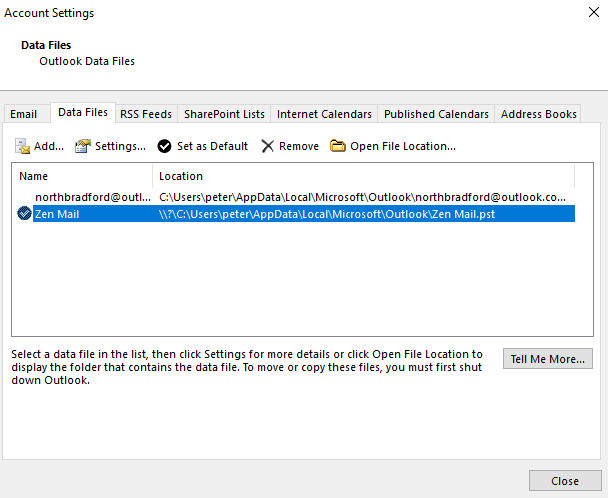
- #Msecure data file location update#
- #Msecure data file location password#
- #Msecure data file location Offline#
- #Msecure data file location free#
Check for the following problems with the MSECURE file
#Msecure data file location update#
In this case, use the mSeven website or update the program from the application.
#Msecure data file location password#
If, despite the association of the mSecure Password Manager program with the MSecure Data Format file, the file still does not open, check the program version and possibly update it to the newest version. Update mSecure Password Manager to the latest version " box will permanently associate the MSECURE file with the mSecure Password Manager program. Checking the "Always use the selected program. It may happen that in the next window there will be no appropriate program - however, this can be corrected with the "Browse" option where you should manually indicate the program location. Changes can be made using the "Change" button. The displayed window will contain information about the program that supports this type of file. It is most convenient to call the context menu with the right mouse button and select Properties. If the application is or has been freshly installed, but the MSECURE file still does not use the mSecure Password Manager program, it means no association. Create association of mSecure Password Manager with MSECURE files If you upgraded to Outlook on a computer that already had data files that were created in Microsoft Office Outlook 2007 or earlier, these files are saved in a different location in a hidden folder at drive:\Users\user\AppData\Local\Microsoft\Outlook.Step 2. Outlook Data Files (.pst) created by using Outlook 2013 or Outlook 2016 are typically saved on your computer in the Documents\Outlook Files folder. On the Data Files tab, click an entry, and then click Open Folder Location. In right pane, click Account Settings, and then click Account Settings. The fastest way to open the folder where your Outlook Data Files (.pst and. All of this information is synchronized between your computer and the email server, so there is no need to back up this file or import it when you set up Outlook on a new computer. nst, and stores your Groups conversations and other local Groups data. The first time you access a Group in Outlook, a new type of Outlook data file is created. When the connection is restored, changes are automatically synchronized, and the folders and items on the server and on your computer are identical again. However, your email messages won't be sent and no new messages will be downloaded until your internet connection is restored. You can read and compose messages, create appointments, and add contacts. When your connection to the mail server is interrupted, for example, when you're on an airplane without WiFi or if your internet connection disconnects, you can still access all emails, calendar data, contacts, and tasks that have been previously downloaded.
#Msecure data file location Offline#
Most other account types, such as IMAP accounts, Microsoft 365 accounts, Exchange accounts, and accounts use an Offline Outlook Data File (.ost) file to store a synchronized copy of your mailbox information on your local computer. When messages or other Outlook items are saved in an Outlook Data File (.pst), the items are available only on the computer where the file is saved.
#Msecure data file location free#
By moving items to an Outlook Data File (.pst) on your computer, you can free up storage space in the mailbox on your mail server.

Note: You cannot import from an Offline Outlook Data File (.ost) file.īecause these files are saved on your computer, they aren’t subject to mailbox size limits on a mail server. For more information about importing items, see Import email, contacts, and calendar from an Outlook. You can also import email messages, calendar, contact, and task data from another Outlook Data File (.pst).

For more information on backing up your email messages, calendar, contact, and task data, see Export or backup email, contacts, and calendar to an Outlook. You can also use an Outlook Data File (.pst) to backup or export items from any type of email account. In Outlook 2016 and Outlook for Microsoft 365, IMAP accounts use Offline Outlook Data Files (.ost). Note: In Outlook 2013 and earlier versions, IMAP accounts also used an Outlook Data File (.pst). Tip: If your Outlook Data File (.pst) becomes large it can slow down your OneDrive sync and may show "Processing changes" or "A file is in use".


 0 kommentar(er)
0 kommentar(er)
